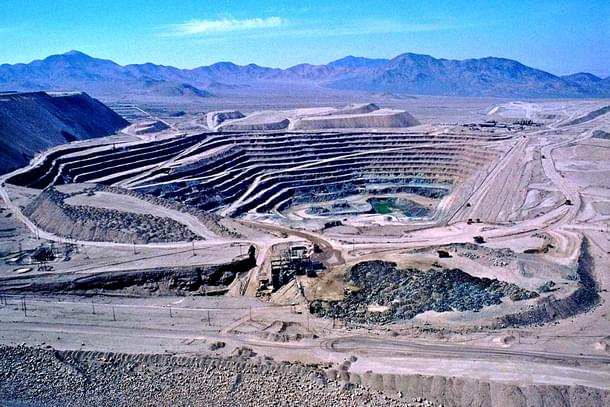Infrastructure
Centre To Re-Auction Lithium Reserves In Jammu And Kashmir Due To Limited Response
V Bhagya Subhashini
Mar 22, 2024, 06:45 PM | Updated 07:20 PM IST
Save & read from anywhere!
Bookmark stories for easy access on any device or the Swarajya app.


In a recent development, the Central government has announced its decision to conduct a re-auction of lithium reserves located in Jammu and Kashmir.
The Centre conducted first-ever auction of lithium reserves back in December. The decision to re-auction follows a lacklustre response in the initial round, wherein only two bids were received.
Earlier this month, the government had stated, "A total of seven critical mineral blocks are being put up for auction as a composite license in this third tranche." The deadline for the submission of bids for interested parties has been set for 14 May, as outlined in the government's statement, as per the Indian Express report.
As per the preliminary exploration stage (G3), the Salal-Haimana block in Reasi district of Jammu and Kashmir has an inferred reserve of a 5.9 million tonne (mt) of bauxite column, which contains approximately 3,400 tonnes of lithium metal content, along with nearly 71,000 tonnes of titanium metal content.
The Katghora block located in the Korba district of Chhattisgarh is reported to have the presence of both lithium and rare earth element (REE) minerals, as indicated by the reconnaissance survey conducted by the Geological Survey of India (GSI).
The “inferred” mineral resource is part of a resource for which quantity, grade, and mineral content are estimated only with a low level of confidence based on information gathered from locations such as outcrops, trenches, pits, workings and drill holes that may be of limited or uncertain quality, and also of lower reliability from geological evidence.
The move to put these blocks for auction of composite licence aims to leverage private expertise in enhancing the exploration level to evaluate the complete economic potential of these minerals.
Also referred to as “white gold,” lithium is a non-ferrous metal and is used in rechargeable batteries, which power not only laptops and mobile phones but also electric vehicles (EVs) — a crucial part of the world’s plan to tackle climate change.
Lithium-ion batteries offer a longer life cycle as compared to traditional lead-acid batteries.
However, the main reason for their high adoption in EVs is their high energy density. High energy density allows lithium-ion batteries to store more energy in less weight/volume, which is an ideal requirement for e-mobility applications.
V Bhagya Subhashini is a staff writer at Swarajya. She tracks infrastructure developments.





